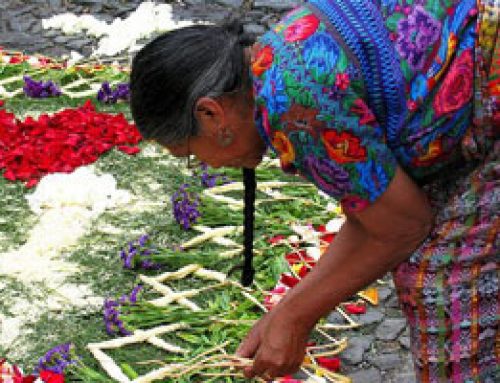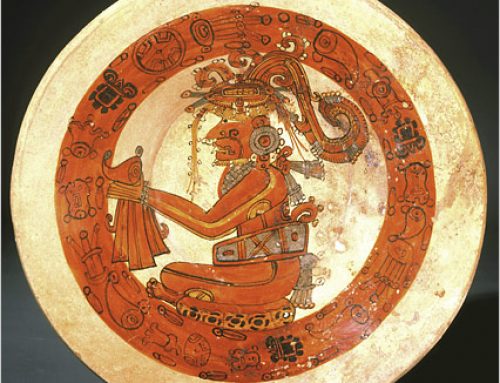
Takht-i Bahi, a Buddhist monastery in eastern Pakistan (about 50 AD) where Buddhist monks could study
Holy men and women
While Gautama Buddha was still alive, about 500 BC, he had many followers. Some of these men and women in India wanted to be extra good Buddhists. So they decided to try to live as purely as they could. They did not want to get bad karma.
What is karma?
What is Buddhism?
More India articles
These men and women left their work and their families and all their stuff behind. They chose to live alone or in small groups in the woods. Many of them got their food by begging.
Buddhist monks and monasteries
But during the monsoon season, it was too wet to live outside in the woods. Even while the Buddha was still alive, some rich Buddhist people began to build houses. These begging monks could live in the houses during the rains every year.
What is the monsoon?
Gradually most of the monks began to live in these houses, or monasteries, all year round in communities of monks. Each monk usually had his own cell inside the monastery, and all around the monastery there were orchards or gardens.

Nalanda University, India
Buddhist universities
As these Indian Buddhist monasteries got bigger and richer, they started to support teachers and students and expert scholars. Some of them turned into universities. The biggest Buddhist universities were the ones at Taxila and Nalanda.
Buddhist math and medicine
Mathematicians at these universities invented Indian numbers, the use of zero, and a lot of basic trigonometry and probability theory. Doctors there invented inoculation against smallpox.
Indian mathematics
What was smallpox?
Science in ancient India

Central Asian and Chinese monks, about 900 AD
Buddhist monasteries in China
About 400 AD, some Indian Buddhist monks came to China and started Buddhist monasteries in China. In the beginning, Chinese emperors welcomed them. These Chinese Buddhist monasteries were very successful and soon thousands of men wanted to join them and to give them money.
Buddhism in China
Zen Buddhism
As with Christian monasteries about the same time, the Buddhist monasteries got more and more involved in businesses like farming, trade, and banking. The leaders treated a lot of poorer monks pretty much like slaves, and the monasteries also owned slaves.
Slavery in medieval China
Buddhist persecution in China
By the 500s AD, the monasteries had gotten so big and so rich that emperors of the Chou and the T’ang dynasties closed many of the monasteries and took their riches for the government.
Poetry and printing
Even so, Buddhist monasteries continued to be rich centers of learning and philosophy. Poets like Bai Juyi chose to live in Buddhist monasteries with the monks. Many children went to school there.
Who was Bai Juyi?
Buddhist monks in China believed that making many written copies of Buddhist prayers would help you acquire merit. In order to copy the prayers faster, the monks worked on the invention of printing.
Printing and movable type
Buddhist monasteries in Japan
By the 600s AD, the Japanese emperors paid to build many Buddhist monasteries in Japan, too.
Taika period – Early Medieval Japan
Religion in Japan
More Japan articles
But in the last years of the T’ang Dynasty, about 840 AD, Emperor Wu-Tsung really closed a lot of the Buddhist monasteries and took their money away. He ordered all the Buddhist monks and nuns to go back to ordinary life.
T’ang Dynasty persecution
After that, although many people in China were still Buddhists, the monasteries were not as rich or as big anymore.
Did you find out what you wanted to know about Buddhist monks? Let us know in the comments!




